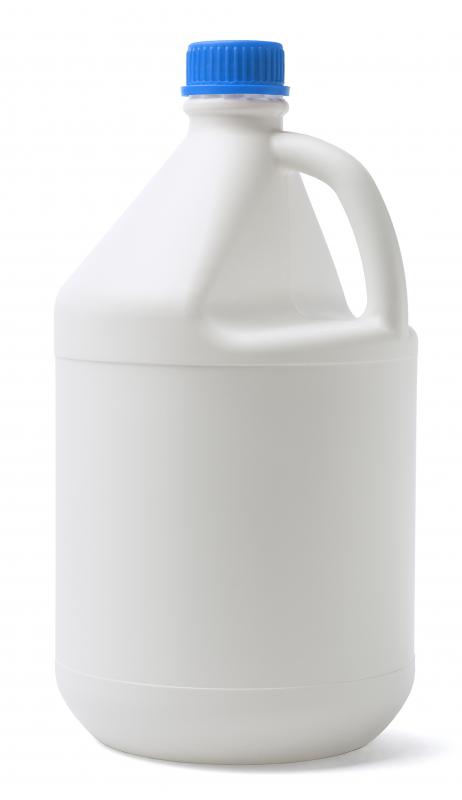At HomeQuestionsAnswered, we're committed to delivering accurate, trustworthy information. Our expert-authored content is rigorously fact-checked and sourced from credible authorities. Discover how we uphold the highest standards in providing you with reliable knowledge.
What Are the Best Tips for Pelargonium Pruning?
Regular pruning, pinching and deadheading keeps pelargoniums full and flowering through the season. One of the best tips for pelargonium pruning is to regularly remove the dead flowers. Pinching is another pruning method that encourages full new growth.
Pelargoniums are more commonly known as zonal geraniums or common geraniums. This group of hybrids includes a wide variety of flower colors and color variations. They are a perennial in frost-free climates; in cold climates, the plants can be dug up and brought indoors for the winter. An alternative is to grow these plants as annuals in cold climates. As container-grown plants, pelargoniums require minimal maintenance.

Deadheading is an important pelargonium pruning method. When each flower starts to die, it is pinched or clipped off right below the base of the flower. Removing the dead flowers encourages the plant to produce more flowers. Once a flower fades, the plant starts putting energy into seed production and flowering slows.
Pinching is a pruning method that encourages bushy growth. It can be performed anytime during the growing season when the plant is budding out new growth. The center leaves of each stem tip are pinched out, leaving at least one set of leaves at the tip. This method of pelargonium pruning causes each stalk to branch out.
Pelargonium pruning can also be performed to prevent the plants from getting leggy or scraggly looking. Each stem can be pinched back to the desired length. Pinching should be done right above a spot where a set of leaves emerges from the stalk.

Outdoor bedding and border pelargonium plants can be pruned back and brought indoors in the fall. Before digging, the stalks should be cut back to 6 inches (about 15 cm) tall. This makes the plants easier to handle. The dug plants can be potted in potting soil and kept in a greenhouse for the winter. Pelargonium pruning prior to fall transplanting reduces the amount of foliage the plants have to support, providing more energy for the roots.
These plants can be propagated from cuttings taken anytime during the growing season. The cuttings should be potted in a sterile rooting mix and kept between 70 and 80°F (about 21 to 26°C). The stalks form roots in four to six weeks.
Regular fertilizer and water help to keep pelargoniums looking healthy and full throughout the growing season. A 20-20-20 fertilizer can be applied once a month to container-grown plants and landscape plants. Many garden plants can get sufficient nutrients from compost or seasoned manure.
AS FEATURED ON:
AS FEATURED ON:












Discuss this Article
Post your comments